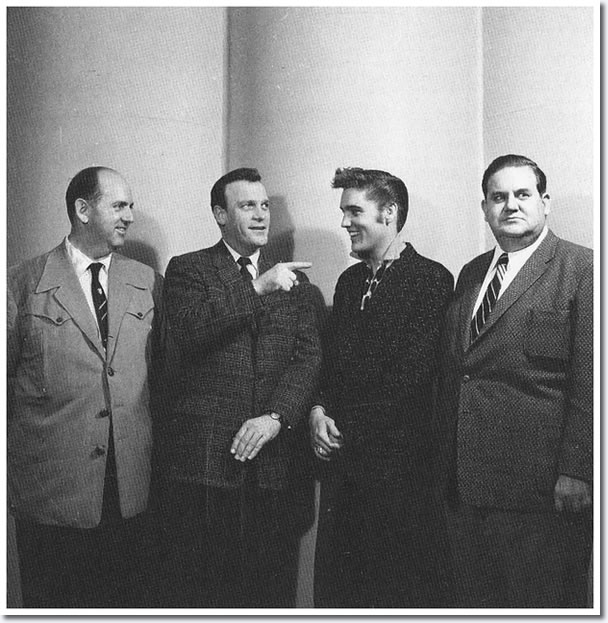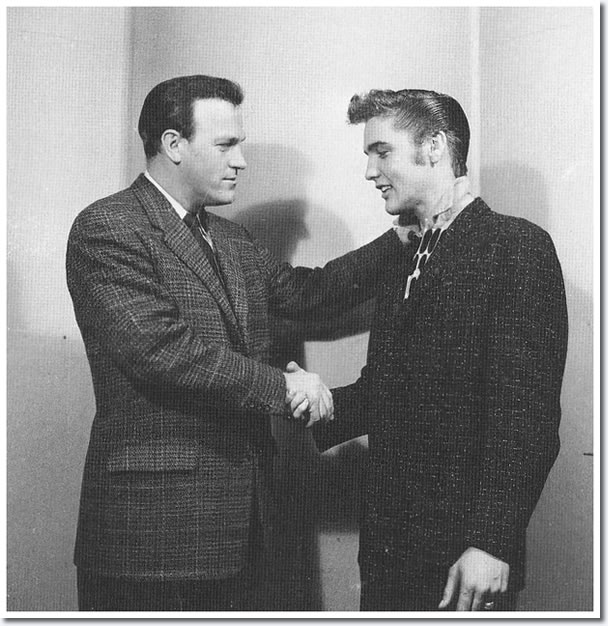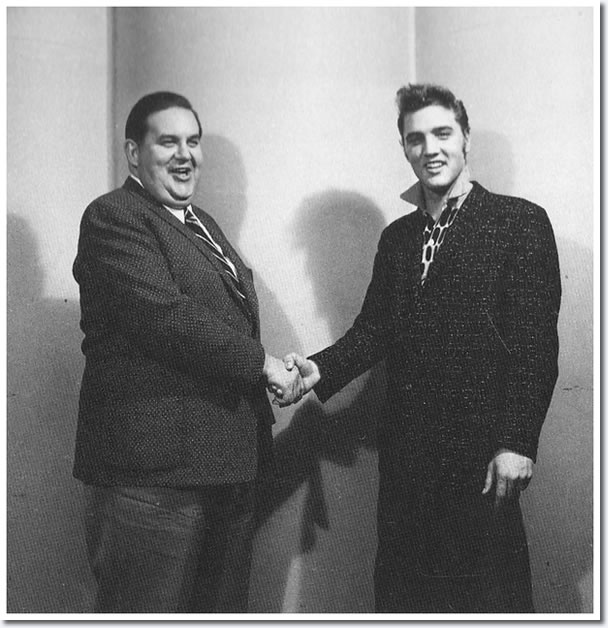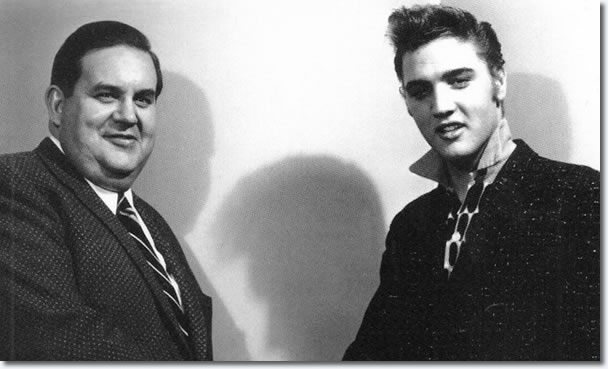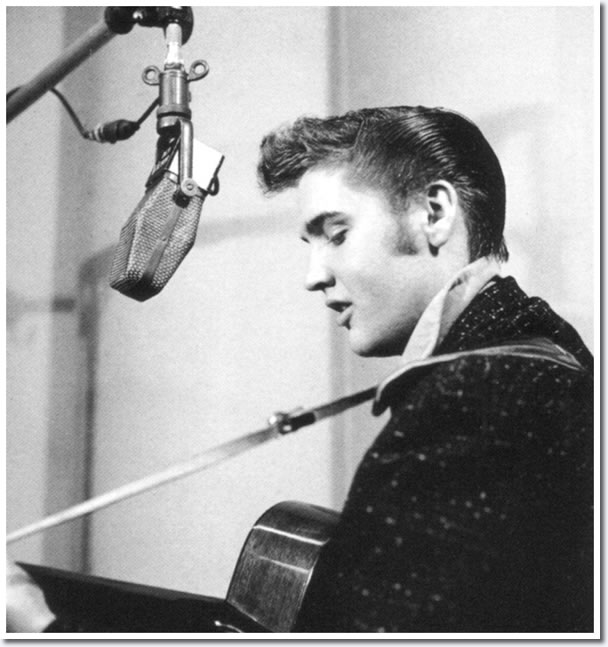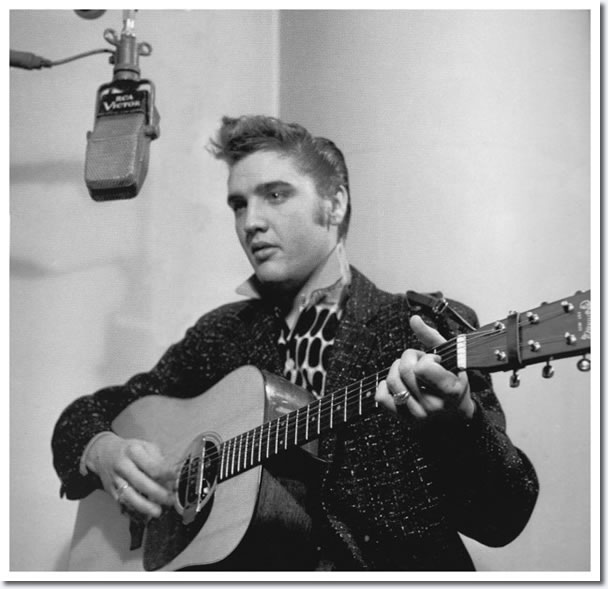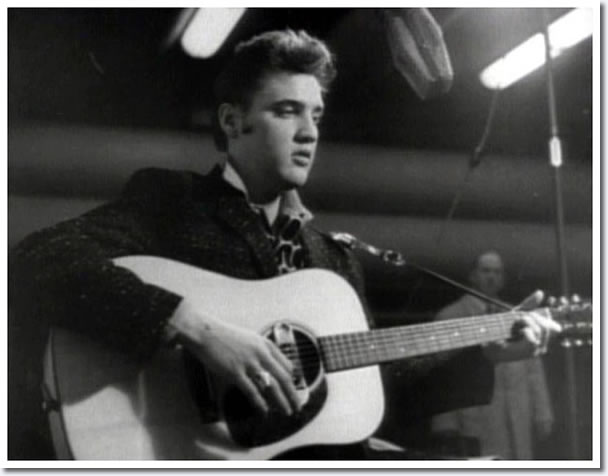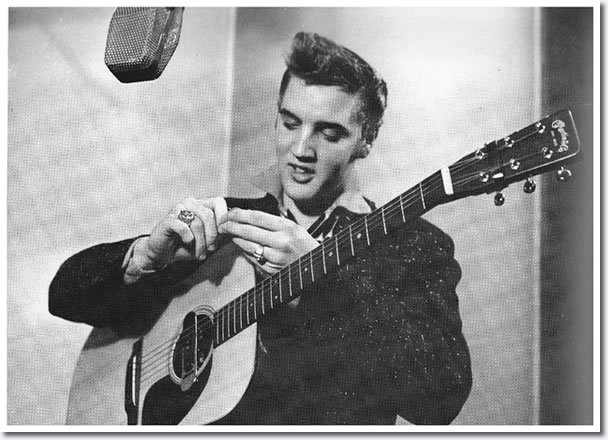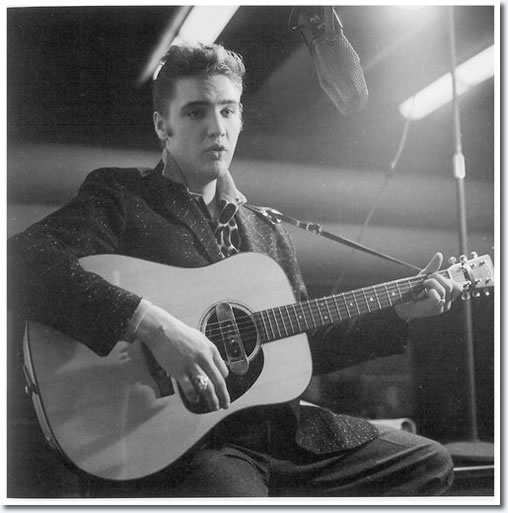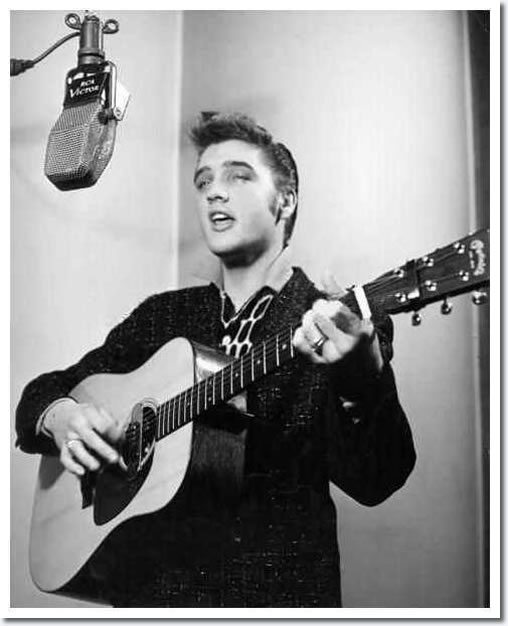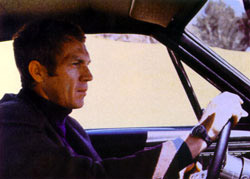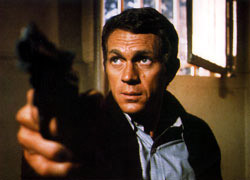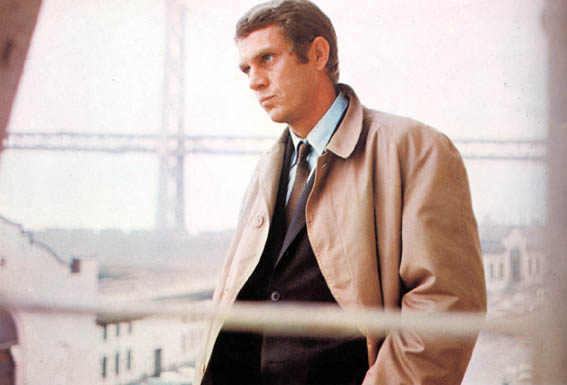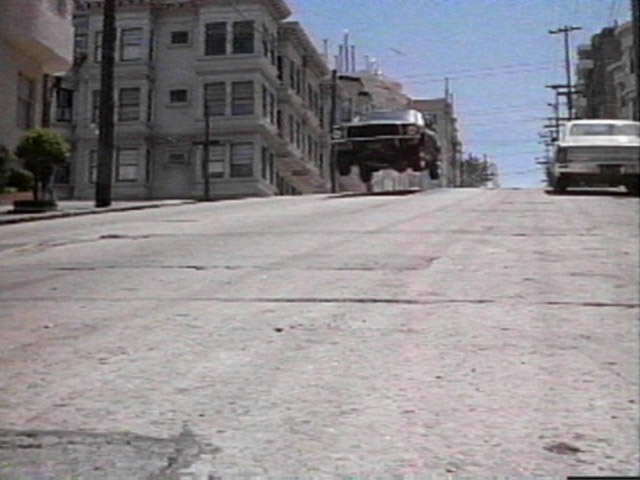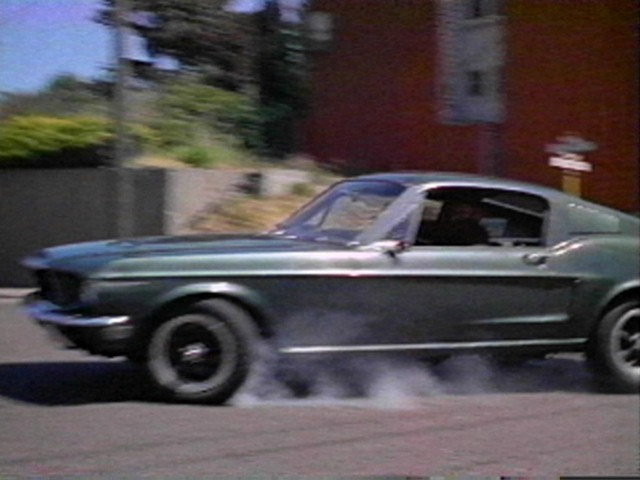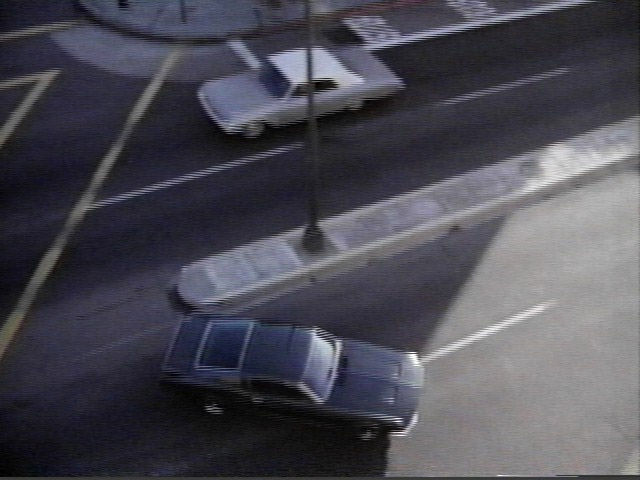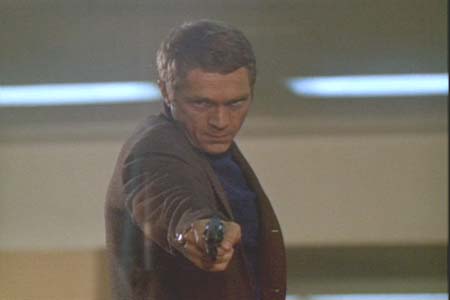
A series of scientists working on a new techology to facilitate man's conquest of space are killed in mysterious circumstances. Suspicion falls on the wife of another scientist on the project, who may not be what she seems.

Unearthly Stranger might commence with John Neville running through a deserted Westminster to record his final warning of "The horror that is to come!", but its melodramatic opening reel belies the low-key, poignant drama that follows. John Krish's background in wartime documentaries is reflected in the deliberately flat lighting and the authentic locations. Krish would later work with the film's producer Albert Fennell on The Avengers (ITV, 1961-69), and as with Steed and Mrs Peel's best adventures,Unearthly Stranger's narrative unfolds against an seemingly mundane, instantly recognisable background. The Davidsons' home apparently hails from a contemporary glossy magazine, but the film's pivotal moment, when Julie removes the casserole dish from the oven sans gloves - a truly early 1960s detail - is played absolutely straight. Thankfully the narrative contains little in the way of special effects costing 2/6d and prefers to concentrate on the Davidsons' relationship.


In this respect, the film is as close to the German bride scenario of Frieda (d. Basil Dearden, 1947) as to 1960s science fiction, for much of the sub-text deals with the problems of integration. Gabrielle Licudi was all too often used as 'continental set decoration', but in Unearthly Stranger her relationship with Neville's Mark carries a genuine charge. The fact that Julie's cover is her Swiss-Italian nationality allows the narrative to explore the difficulties of any outsider attempting to penetrate middle-class English society; even were she not from another world, her beauty, intelligence and, especially, her accent would all serve to isolate her.

Julie's attempts to integrate with Earth - as represented by Home Counties England - grow increasingly desperate, with Reg Wyer's cinematography at its finest in the scene in which a whole primary school recoils from her. The alien army lead by Jean Marsh's Miss Ballard may be sinister, but so are the forces of the British establishment represented by Phillip Stone's Professor Lancaster and Patrick Newell's gleefully snide, reptilian security officer, Major Clarke. In that respect, Neville's warning of "the horror that is to come" is ironic; the monsters might just as easily be found within English society. It was a recurring theme in 1960s British SF - see Invasion (d. Alan Bridges, 1966) or Quatermass and the Pit (d. Roy Ward Baker, 1967) - but Unearthly Stranger explores it with distinctive simplicity in terms of a marriage in which one partner is caught between conflicting loyalties.

THE
MONTHLY FILM BULLETIN
Published by
THE BRITISH FILM INSTITUTE
Volume 30, No.358, November 1963, page 162
UNEARTHLY STRANGER (1963)
Munro, head of a team of scientists working on a formula whereby man will be able to project himself through time and space, is found dead by his secretary, Miss Ballard. Investigating the case, security major Clarke reveals that two Americans and a Russian working on the same lines have met with similar fates. Mark Davidson takes over Munro's post, and Clarke makes security inquiries into the background of Mark's bride, Julie. When Mark tells a colleague, Lancaster, that he has seen Julie sleeping with her eyes open, her pulse dead, he is taken off the top-secret assignment. Both Lancaster and Clarke discover further evidence of Julie's abnormality, but before Clarke can lock away the new formula which Mark has worked out, he and the formula are destroyed in identical circumstances to the Munro case. Julie now confesses that she is an agent from an alien planet, but that her love for Mark has overcome her allegiance. To the accompaniment of unearthly sounds, she dies in his arms. Only her negligee remains as evidence that she ever existed. Mark dashes to the Research Institute, where Miss Ballard reveals that she, too, is from Outer Space. She is about to kill Mark when Lancaster smothers her from behind with an ether mask. She breaks away and throws herself out of the window. Mark and Lancaster gaze down at the pile of clothes on the pavement - all that remains of Miss Ballard - then look up at the faces of the onlookers. They are all women, with the same unblinking, wide-open eyes as Julie and Miss Ballard.
Oddly unheralded by producers and distributors alike, Unearthly Stranger is in fact the best British SF-film since Wolf Rilla's Village of the Damned. One can pick holes in the script - the officially unqueried substitution of bricks for the corpse in Munro's coffin is one of them; but in the long run ingenuity and suspense pay off handsomely. The climax in particular is as satisfying as it is bleak. Julie's abnormality is eerily conveyed in shots of her tear-stained cheeks, furrowed as if by acid, and in little things like her imperviousness to heat as she lifts a red-hot casserole from the oven with her bare hands. An unfamiliar cast is distinguished by Patrick Newell's bluff and sinister callousness as Clarke, and by John Neville's meticulous and overwrought hero. John Krish, whose first feature this is, directs with pace, flexibility and imagination.
The Monthly Film Bulletin was published by the British Film Institute between 1934 and 1991. Initially aimed at distributors and exhibitors as well as filmgoers, it carried reviews and details of all UK film releases. In 1991, the Bulletin was absorbed by Sight and Sound magazine.





















